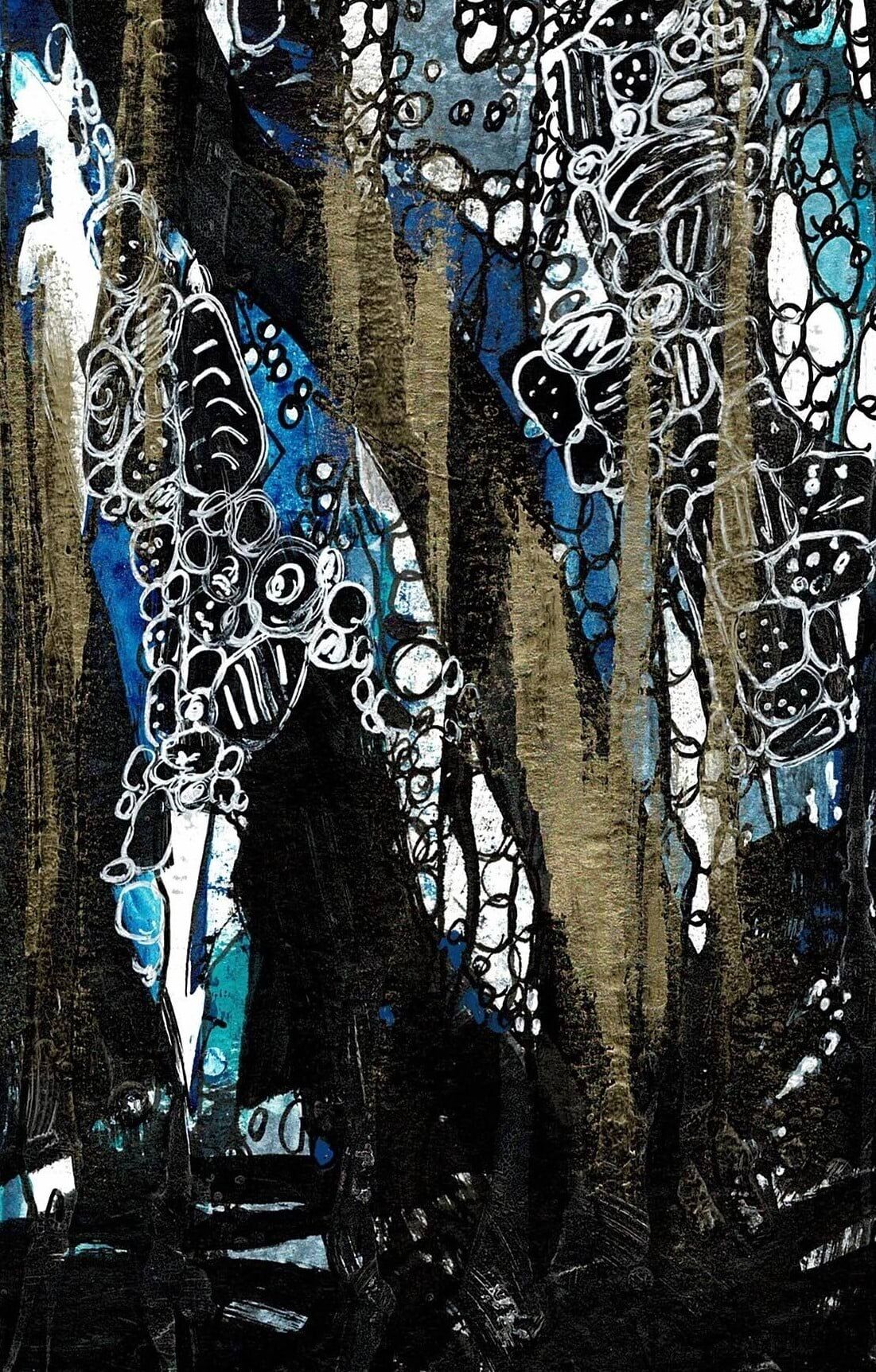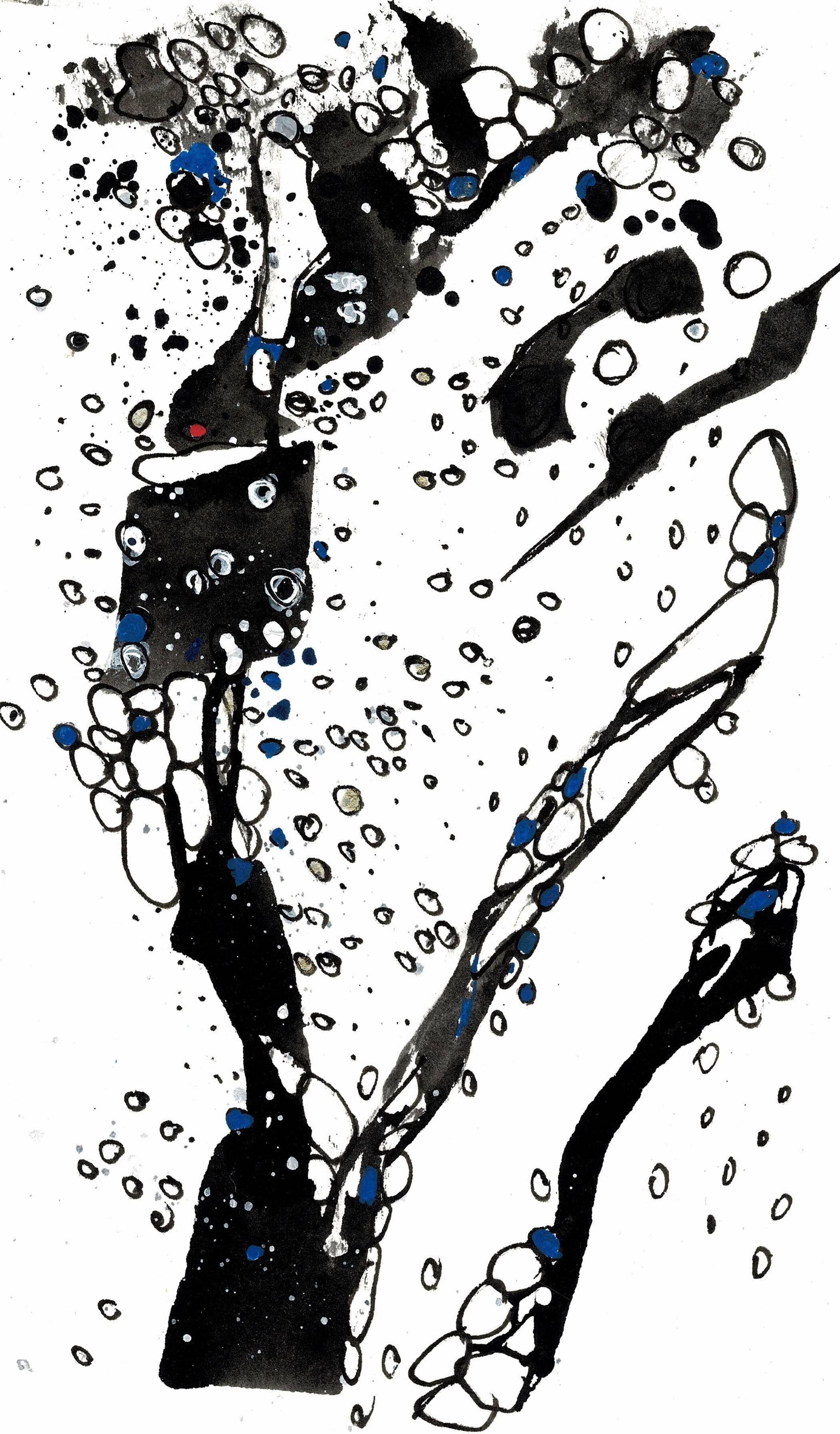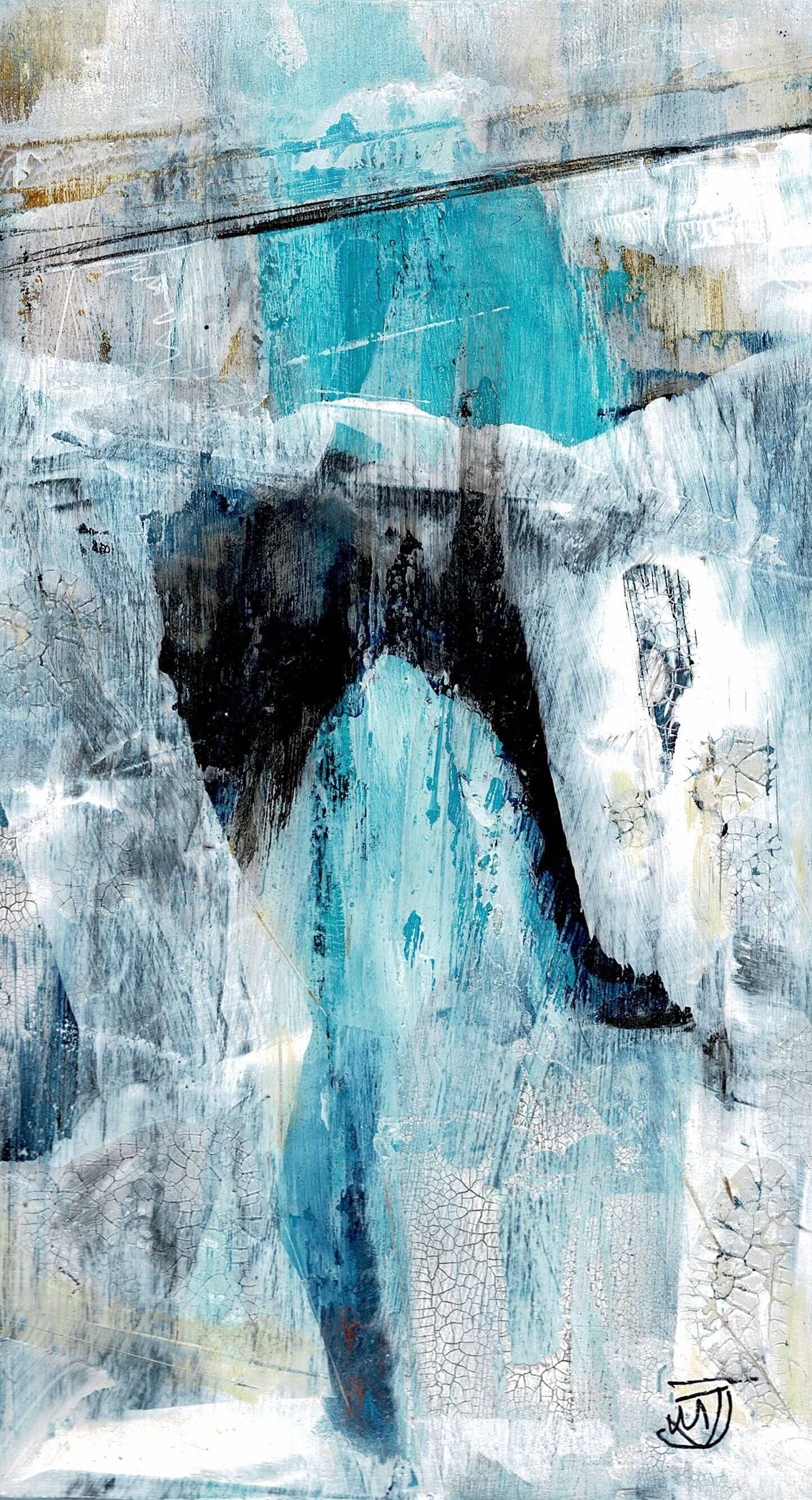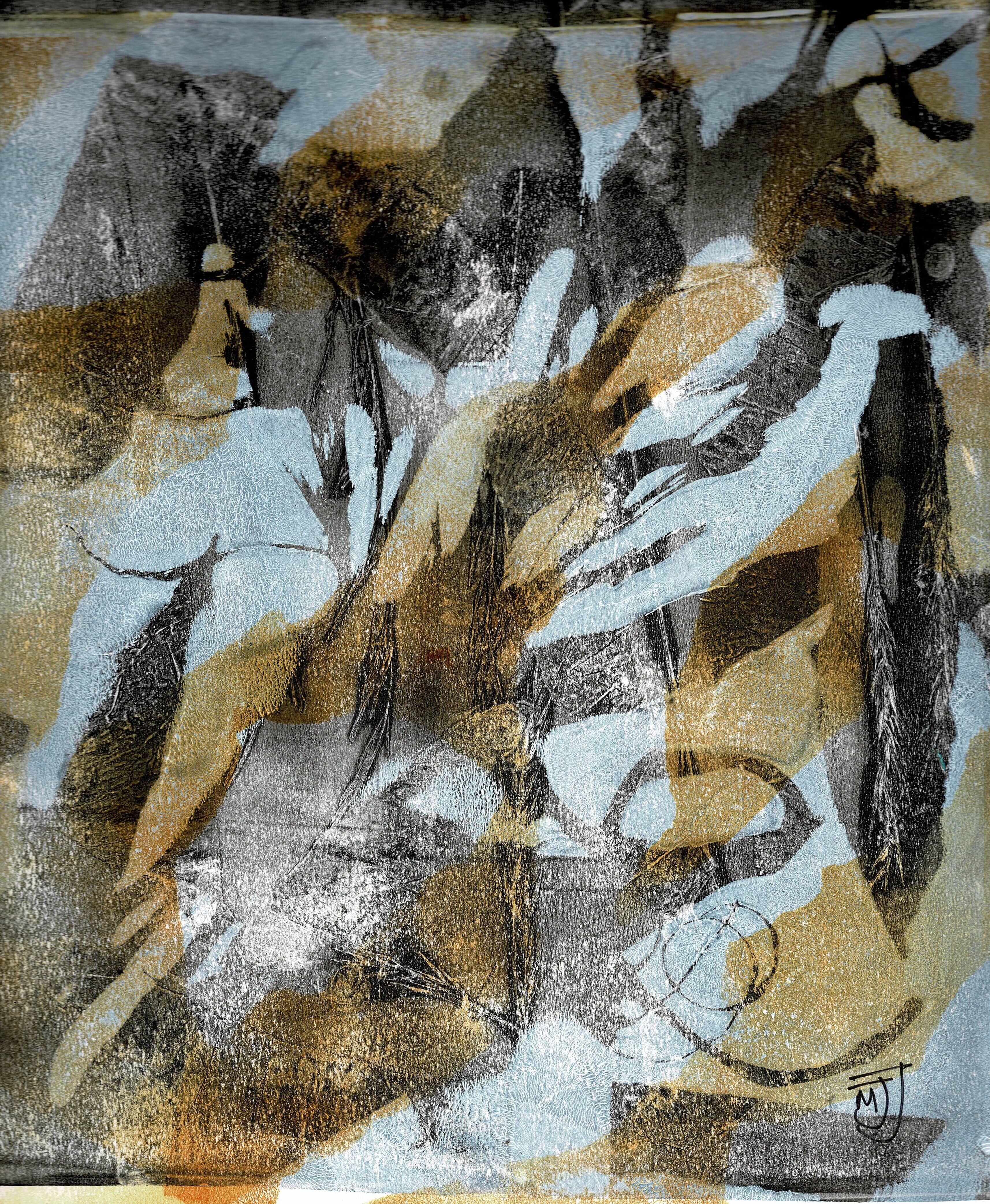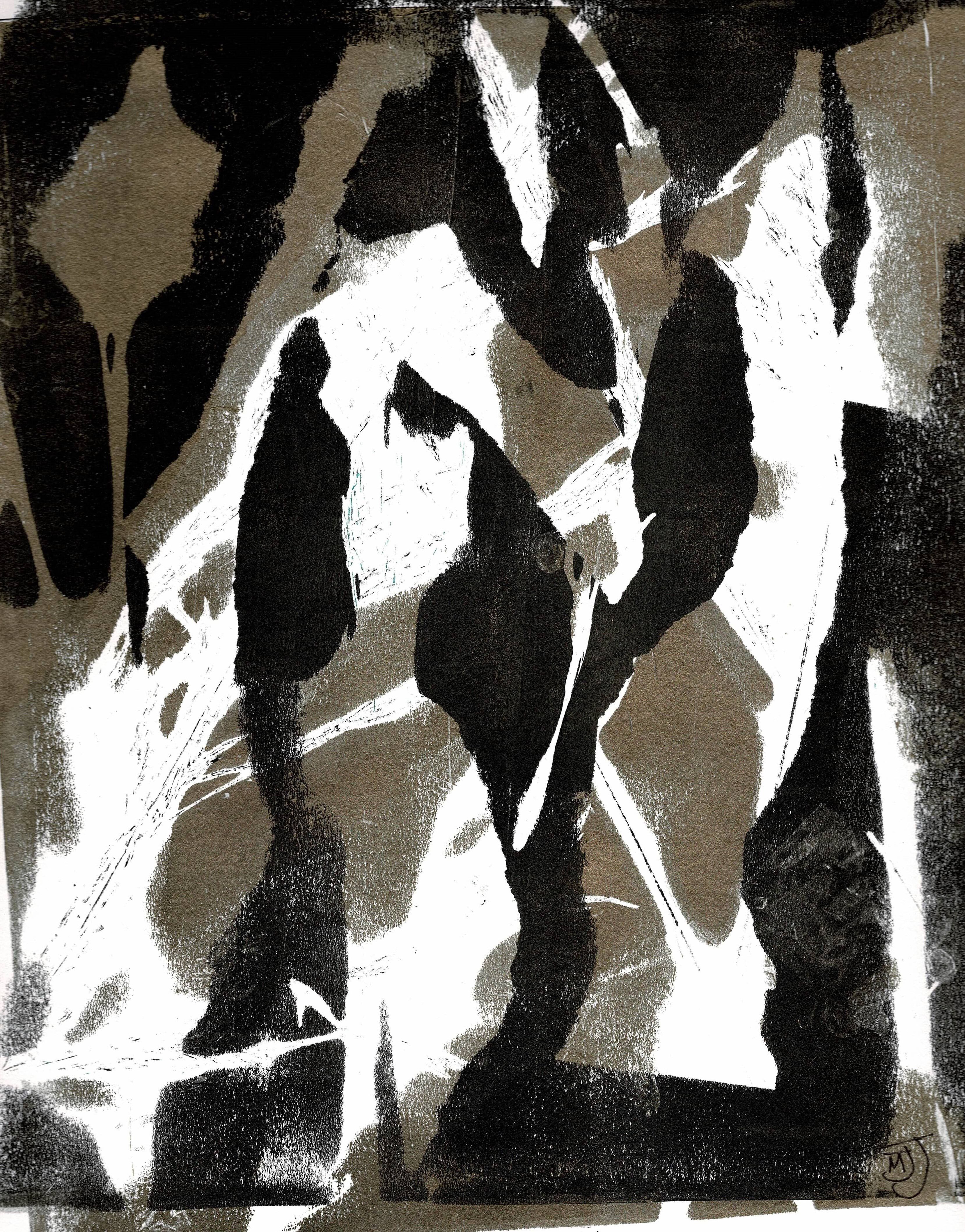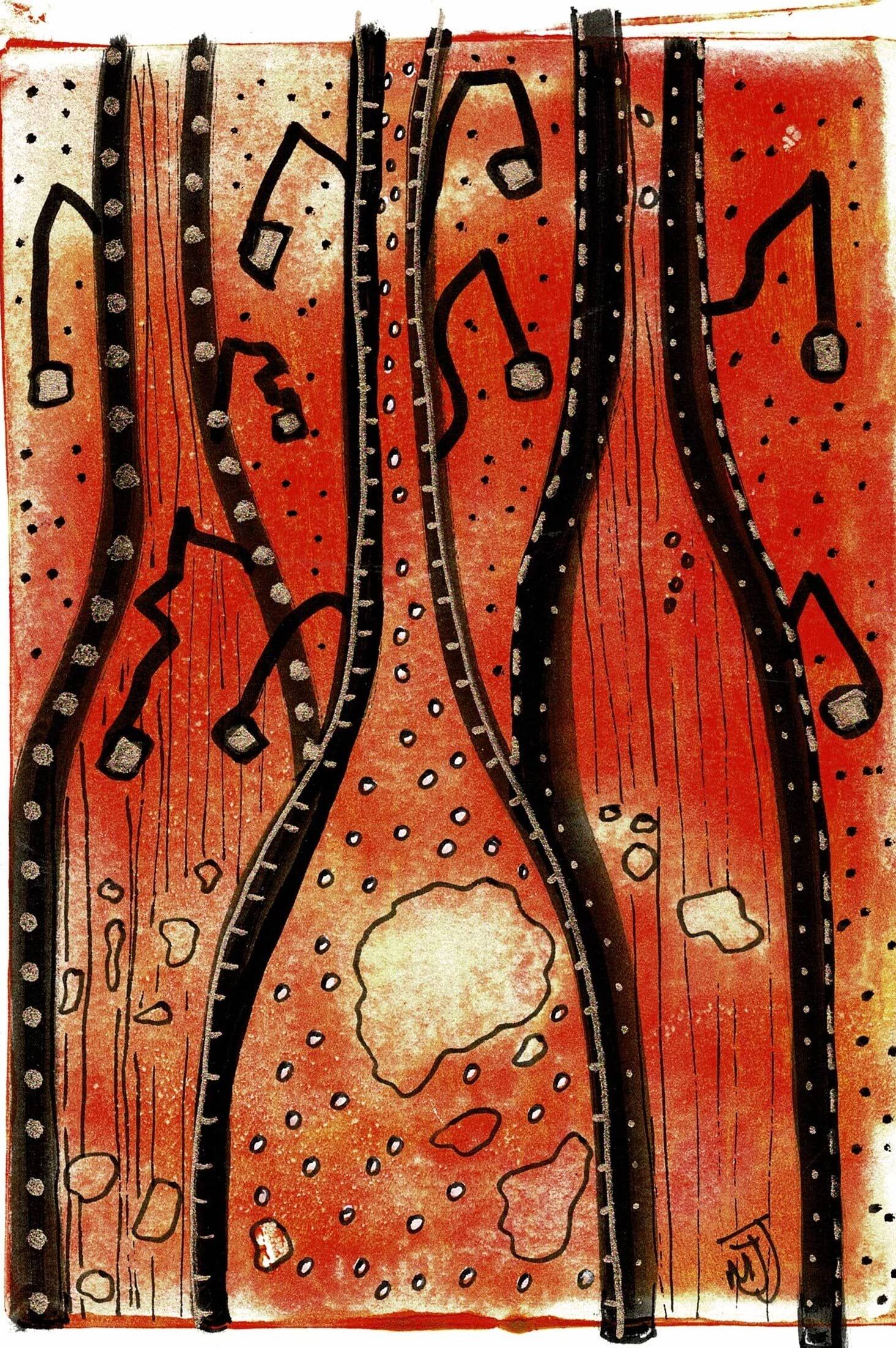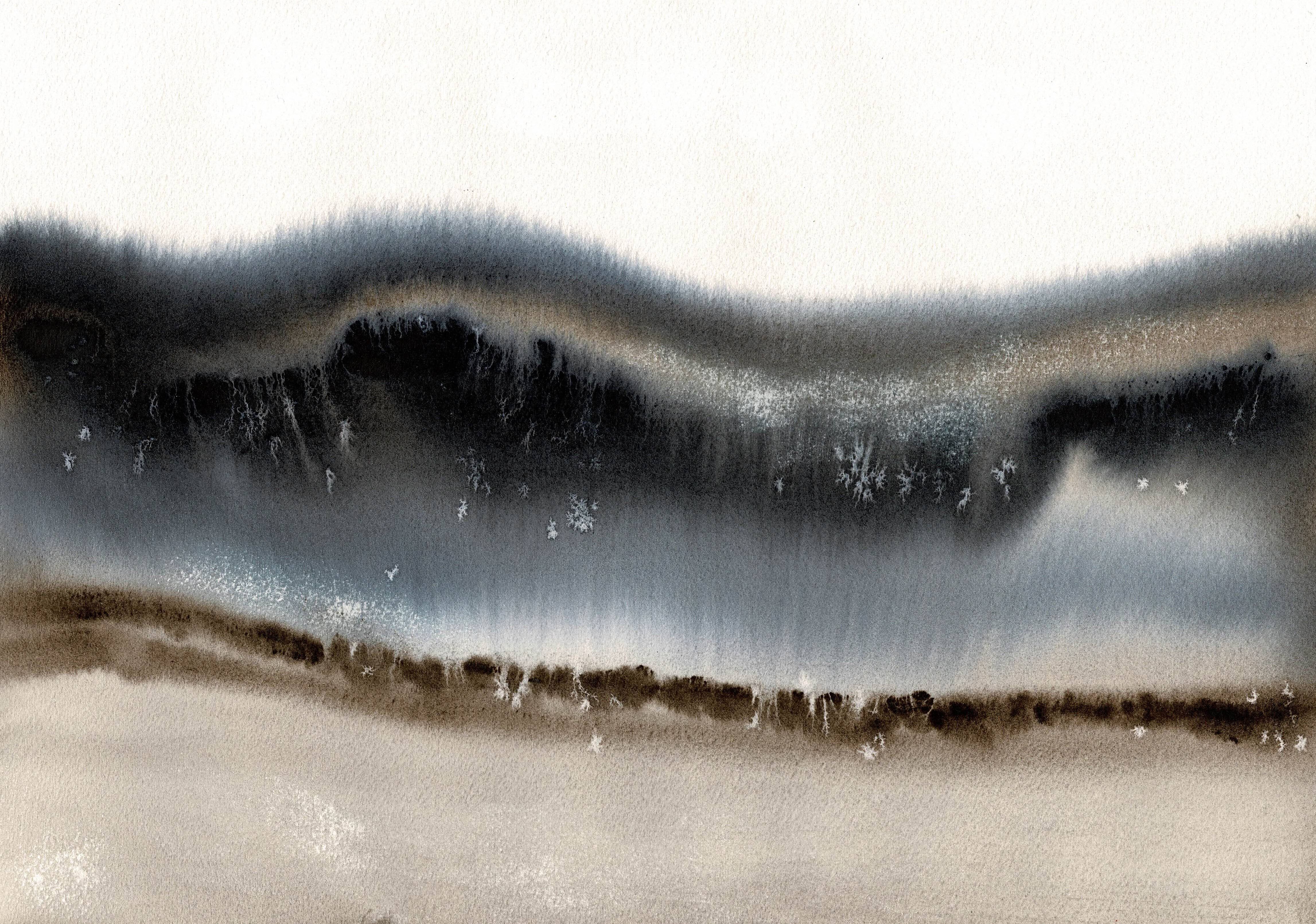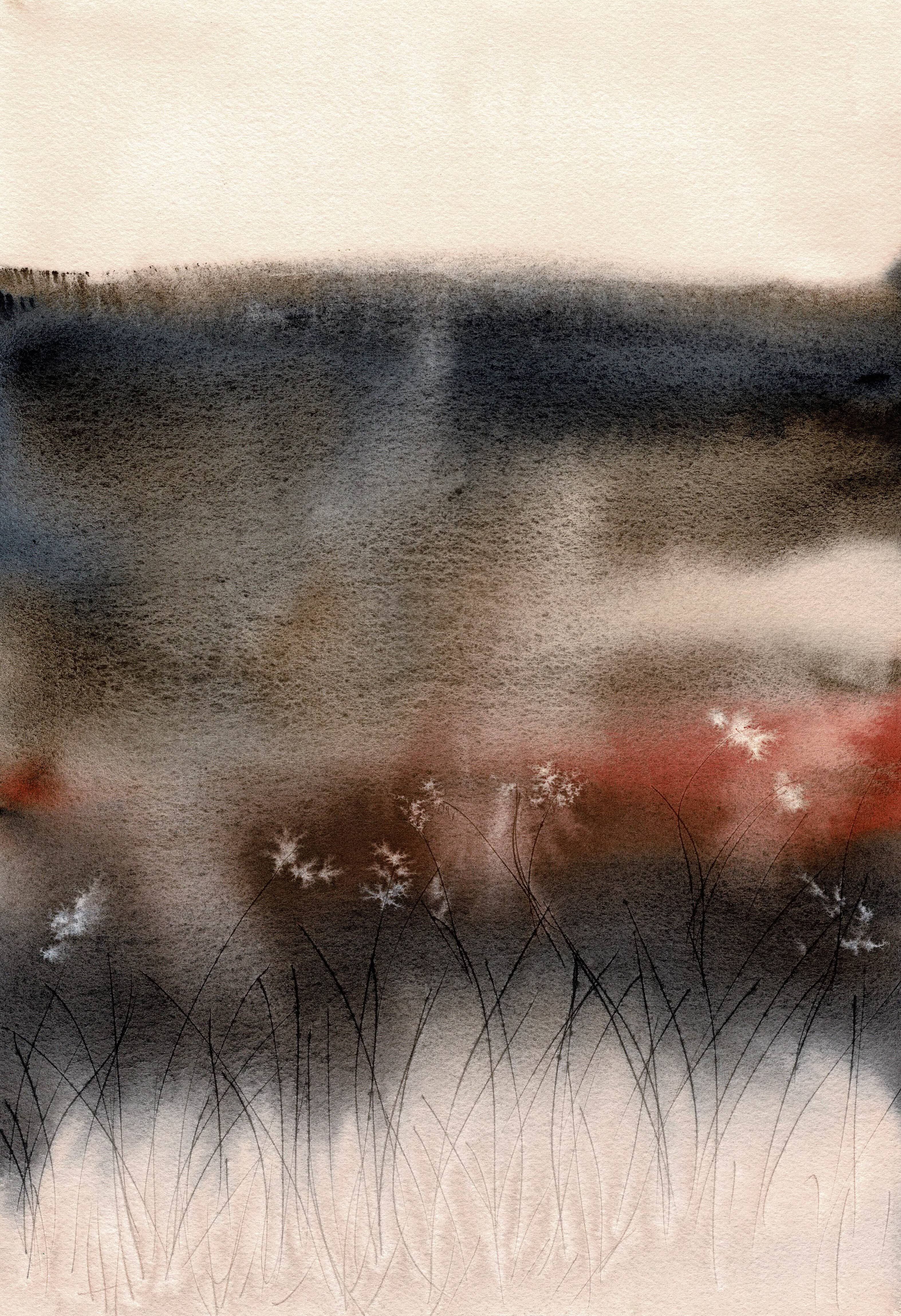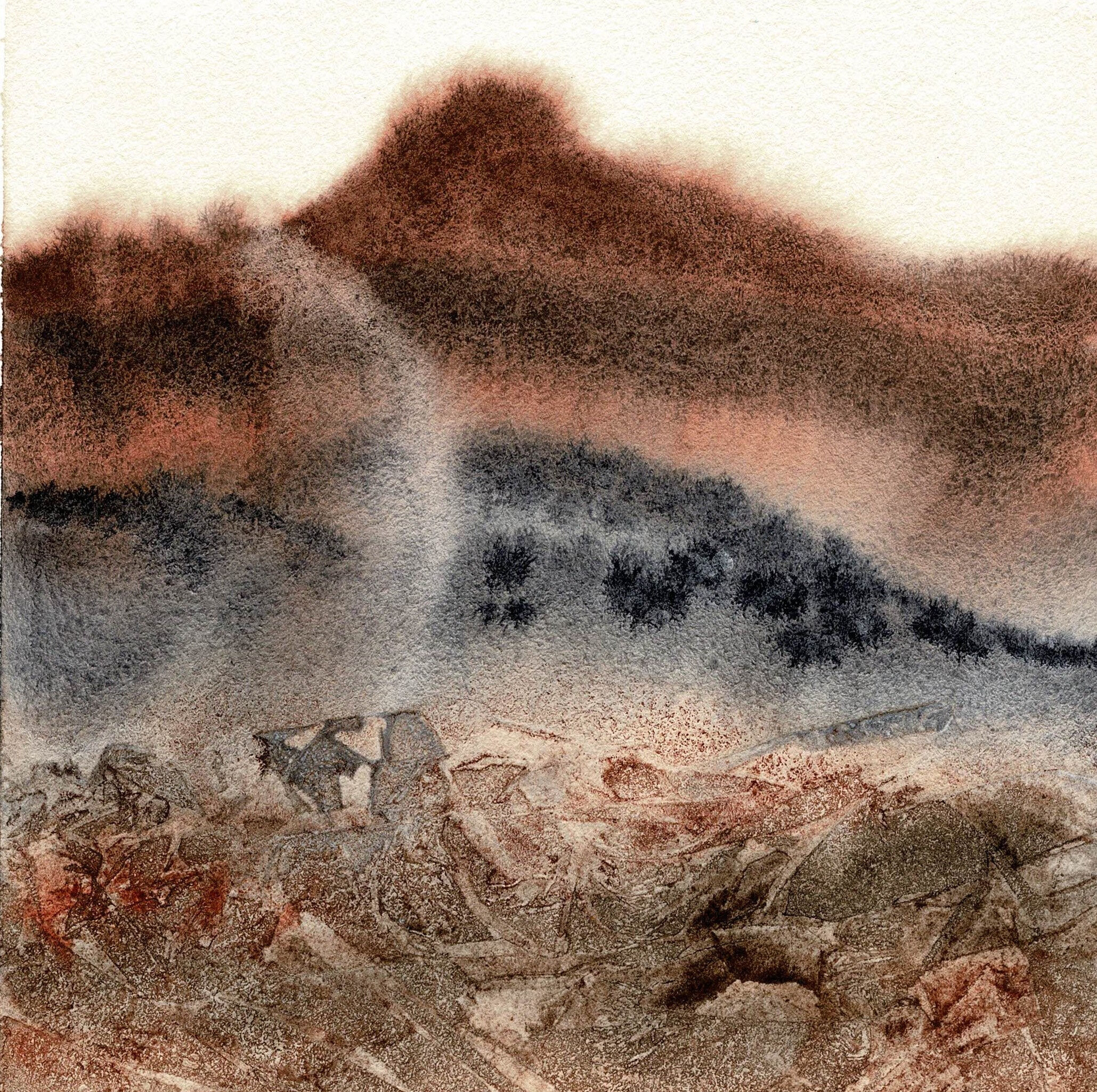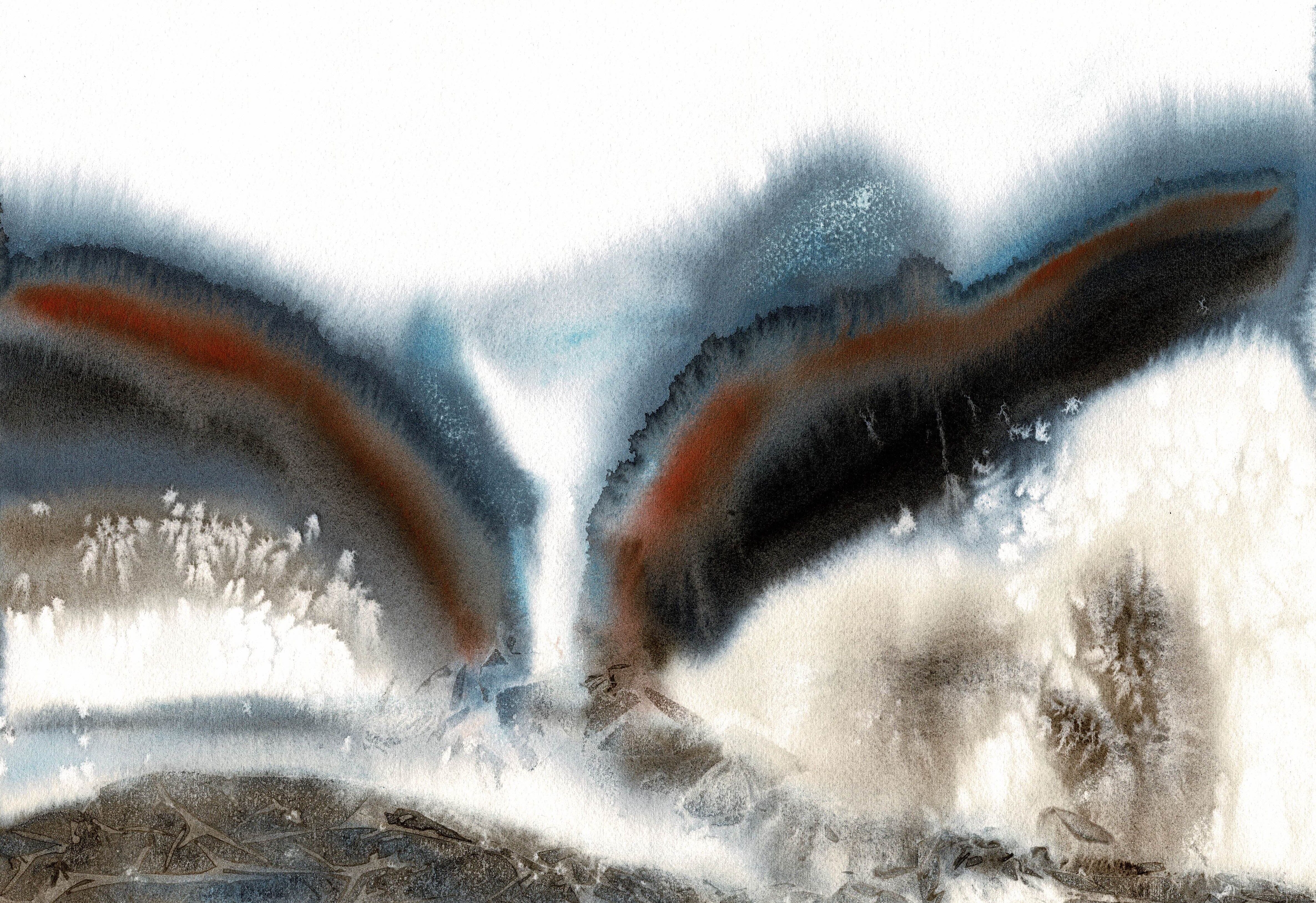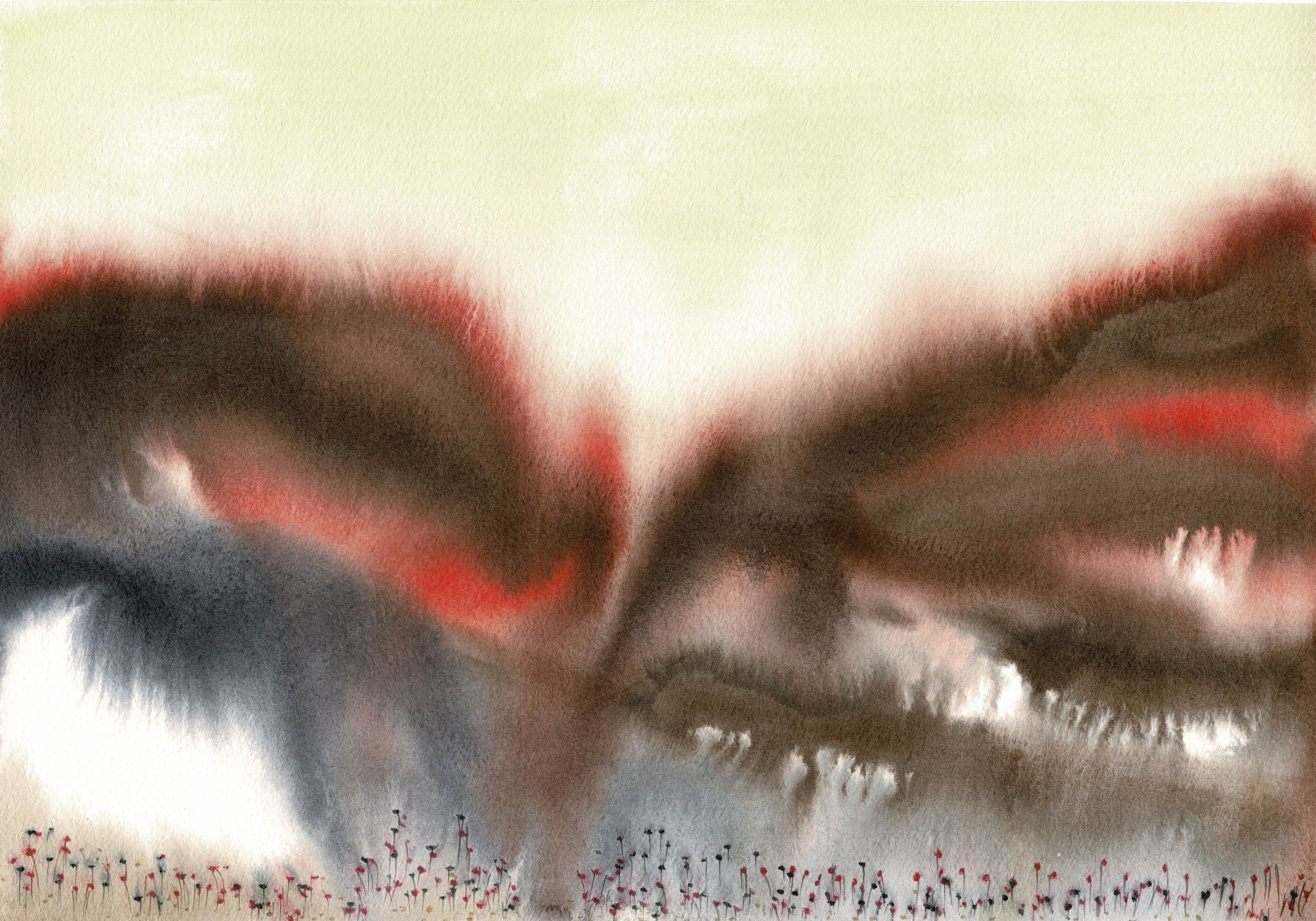Artist:
Megan-Jane Johnstone
This work (from my Equinox series) is inspired by the historical markers of seasonal change and ‘tipping points’, notably, the Solstices and Equinoxes that occur in set periods across the globe. Solstice (from the Latin sōlstitium, from sōl, ‘sun’, and sistere, ‘to stand still’, literally ‘the standing still of the sun’) is described as ‘the point where the Sun appears to reach either its highest or lowest point in the sky for the year,’ and hence is perceived as ‘standing still’. Equinox (from the Latin aequinoctium, from aequus (equal) and nox (night)), in turn, has been defined as ‘an event in which a planet's subsolar point passes through its Equator’. It is further described as ‘the only time when both the Northern and Southern Hemisphere experience roughly equal amounts of daytime and nighttime.’ (Reference: https://www.weather.gov/cle/Seasons). Both Solstices and Equinoxes serve as beautiful metaphors. As noted by https://treehouserecoverypdx.com/, these seasonal events work by reminding us that ‘darkness and light are both necessary and vital parts of the human experience. There is no happiness without sadness, no bright growth without darkness and depth’.
Other Works by Megan-Jane Johnstone
Acknowledgment of traditional owners.
We would like to pay our respects to the traditional owners of the land on which our building stands, their leaders, past, present and emerging.




